Taking luck out of the winning equation
Published on January 28th, 2019
The Sailing Yacht Research Foundation, which strives to be the leader in advancing the science and analysis of sailboat performance, seeks to develop and catalog the science underlying sailboat performance to help provide more accurate sailboat handicapping rules.
With the assistance of SYRF Chairman Stan Honey, Executive Director McKenzie Wilson shares a new view of how races could be handicapped. Consider the following, and share your thoughts at the bottom:
Does winning in racing come down to skill or luck? Certainly you need to be a decent sailor to stand a reasonable chance of winning, but all too often luck plays too large a role.
Here’s an example we’ve all experienced when describing an offshore race: “It was a fast boat race.” In the race, the fast boats get out ahead and stay in favorable weather conditions from start to finish; the slow boats, too slow to stay in the favorable weather, are left in the dust with no chance at winning on corrected time.
Of course, the opposite can also be true, with the slower boats experiencing more favorable (usually breezier) weather conditions than the faster boats out in front of them. In this example, to win requires not just skill, but luck…more specifically, lucky weather.
But what if there was a way to take luck out of the winning equation? Modern weather forecasting and observation technology (and SYRF) might just have the answer.
NOAA has made available H0 data, so called as it represents the initialization conditions (Hour Zero) for GRIB forecasts. In the context of sailing, H0 data represents weather data that is as close to the actual conditions as possible. And, by stringing together sequential H0 data, it is possible to assemble the actual weather conditions experienced by boats throughout the course of a race.
Therefore, H0 data can be used to generate the optimal route for each boat, given its own predicted performance (polars) and actual weather, making it possible to compare a boat’s actual performance to its theoretically optimum.
World-famous navigator Stan Honey used H0 routing to identify the weather pattern for Comanche to break the Transatlantic record in 2016. Using H0 routing, Comanche was estimated to cross the Atlantic in 133 hours; in reality, it finished in 134 hours, therefore, sailing at close to 100% of its predicted performance in those weather conditions. Given the weather, Comanche sailed a near perfect race.
Now, let’s look at another theoretical scenario. Comanche finishes in 150 hours instead of the 133 hours it was predicted to take. Therefore, Comanche sailed at 87% of its optimal performance. Meanwhile, some intrepid souls on a J/35 started their Transatlantic race at the exact same time and in the exact same weather as Comanche.
As the J/35 is quite a bit slower than Comanche, sailing at an average speed of 6 knots, it simply can’t keep up with the fast moving low pressure system and the south-westerly wind and flat seas that come along with it. Instead, by the second day, the J/35 is slogging upwind, against an easterly wind and confused sea state.
So due to unlucky weather, the J/35 crossed the finish line some 262 hours (nearly 11 days) after Comanche, but the J/35 finishes in 405 hours, which meant that it sailed within 98% of its optimal performance.
Under normal scoring with ratings, when the final standings are calculated, the J/35 corrects out to 6 days behind Comanche on corrected time. Yet, they sailed their boat better than Comanche.
So, who should win?
To cast your vote on the SYRF Facebook Page…click here.




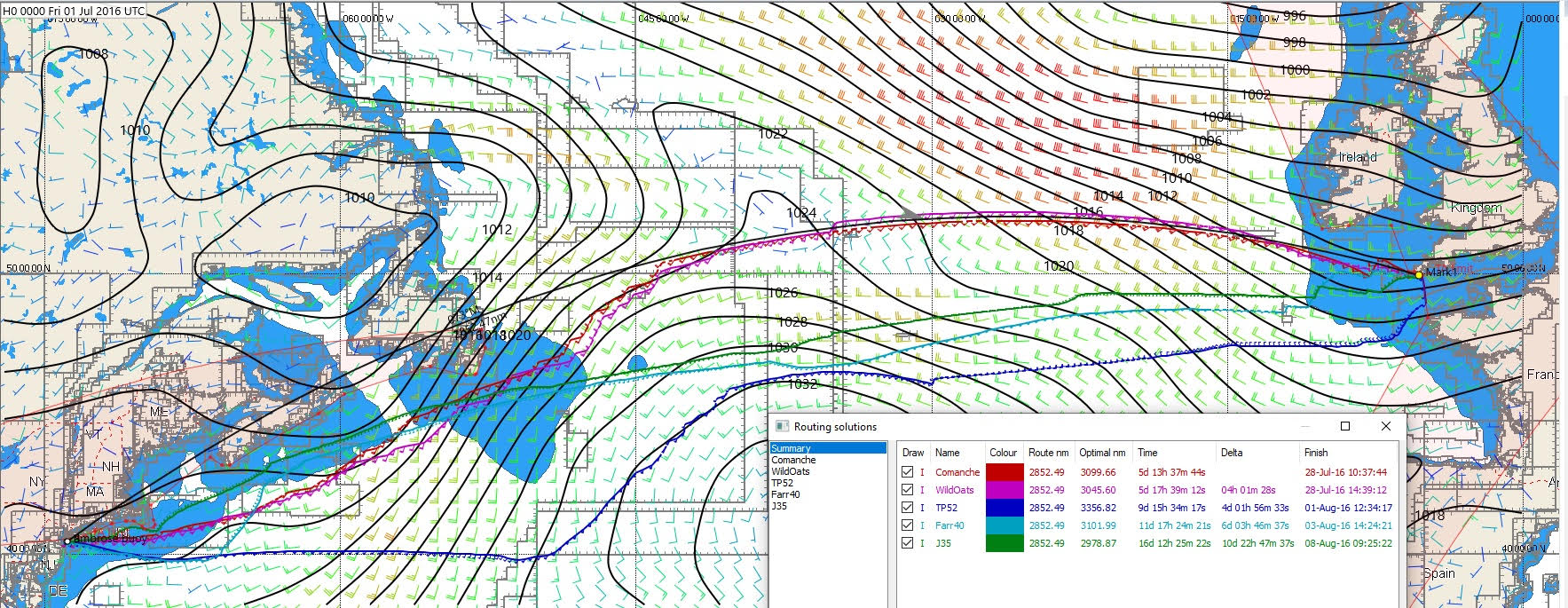

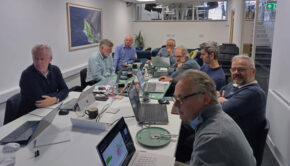
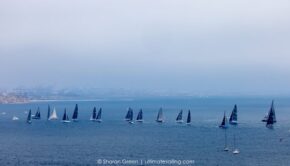
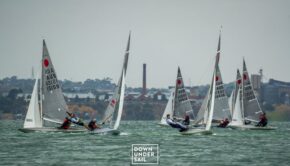
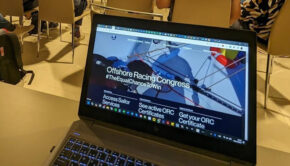
 We’ll keep your information safe.
We’ll keep your information safe.